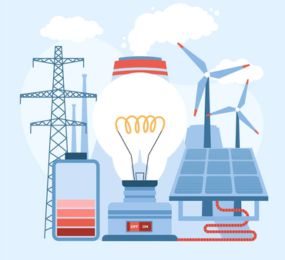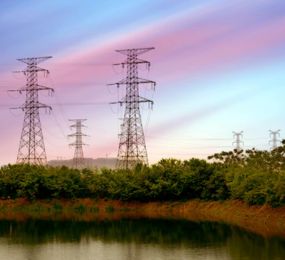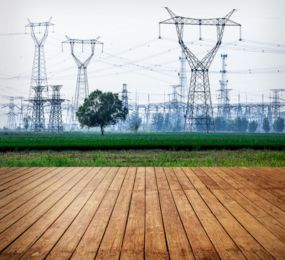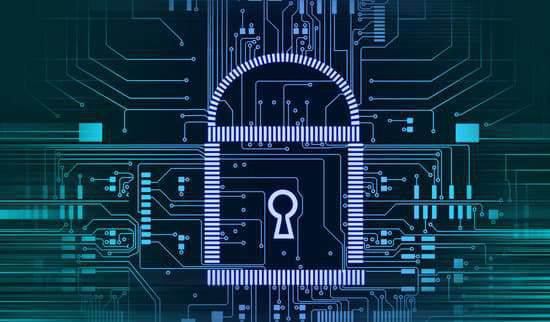Power grid automation is transforming the energy sector by enhancing efficiency, reliability, and resilience. However, the transition to automated systems presents significant workforce challenges that must be addressed to ensure a seamless and successful implementation. The human element remains crucial in managing and operating these advanced technologies.
Workforce Challenges:
Skills Gap:
The rapid adoption of automation technologies has created a skills gap in the workforce. Many existing employees lack the necessary technical skills to operate and maintain automated systems. This gap poses a risk to the efficiency and reliability of the power grid, as skilled personnel are essential for troubleshooting and optimizing automated processes.
Resistance to Change:
Automation often faces resistance from employees who fear job displacement or are accustomed to traditional methods. This resistance can hinder the adoption of new technologies and slow down the modernization process. Addressing these concerns and fostering a culture of continuous learning is vital for successful automation.
Training and Education:
Training and education programs must be developed to equip the workforce with the skills needed for automation. These programs should focus on both technical skills and soft skills, such as problem-solving and adaptability. Investing in continuous education ensures that employees remain proficient in the latest technologies and can effectively contribute to the automated grid.
Collaboration and Communication:
Effective collaboration and communication between different departments are essential for successful automation. Bridging the gap between IT and operational teams ensures that automated systems are seamlessly integrated and maintained. Encouraging cross-functional teamwork fosters a holistic approach to problem-solving and innovation.
Solutions:
Skills Development Initiatives:
Implementing skills development initiatives, such as workshops, certification programs, and on-the-job training, helps bridge the skills gap. Partnering with educational institutions and industry organizations can provide access to specialized training and resources.
Change Management Strategies:
Adopting change management strategies can address resistance to automation. Communicating the benefits of automation, involving employees in the transition process, and offering reassurances about job security can alleviate concerns and build support for new technologies.
Continuous Learning Culture:
Fostering a culture of continuous learning encourages employees to embrace automation and stay updated with technological advancements. Providing opportunities for professional development and recognizing employee contributions to automation efforts boost morale and engagement.
Human-Machine Collaboration:
Emphasizing the role of human-machine collaboration highlights the value of human expertise in enhancing automated systems. Automation should be viewed as a tool to augment human capabilities rather than replace them, ensuring a balanced and efficient approach to grid management.
The human element is integral to the successful automation of power grids. Addressing workforce challenges through skills development, change management, and fostering a culture of continuous learning ensures that employees are well-prepared to operate and maintain automated systems. By valuing human expertise and promoting collaboration, the energy sector can achieve a seamless transition to a more efficient, reliable, and resilient power grid.
Visit our website to register and secure your spot today! click here: https://bit.ly/3peklYc
For more information and group participation, contact us: [email protected]
















